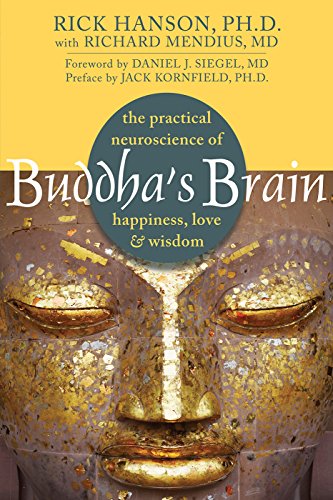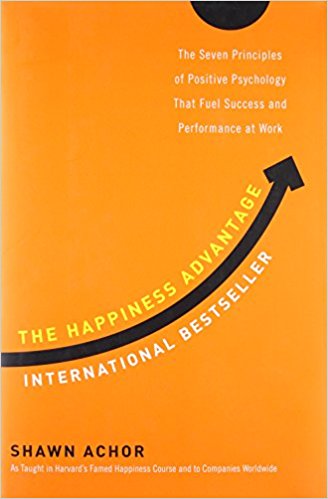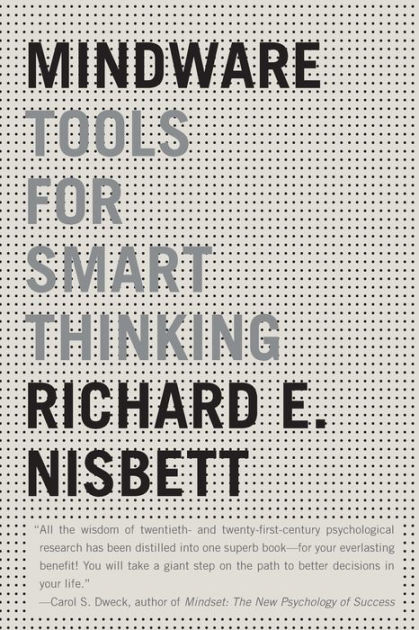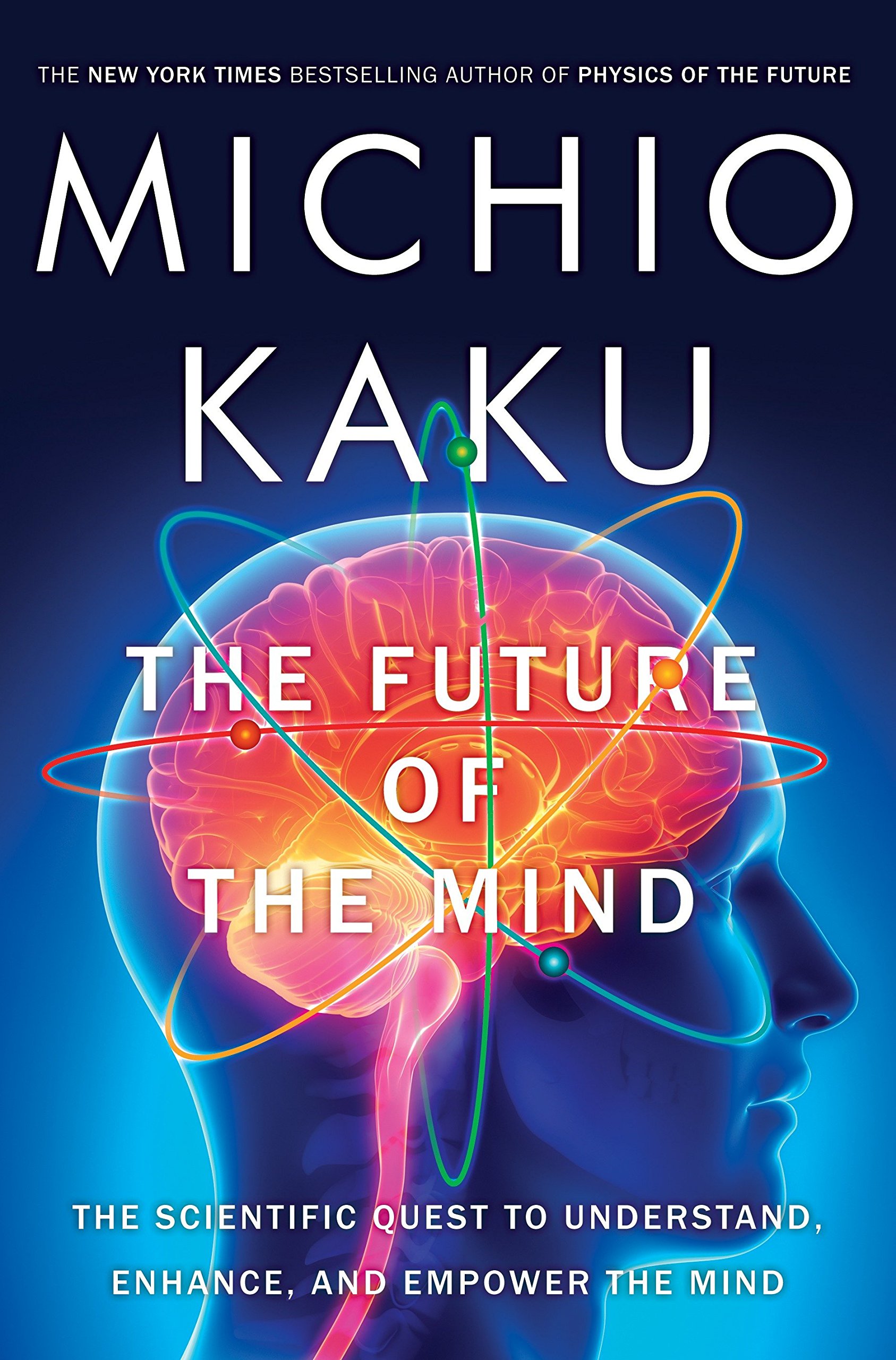Learn about the future of our mind from the prominent visionary and physicist Michio Kaku
While humanity started exploring space some four hundred years ago thanks to the invention of the telescope. Starting to have an idea of the vastness of space. Equivalent instruments to explore our brains, however, only emerged a few decades ago.
This means that we are only now starting to take the first strides in understanding about the functioning of our brain. Before modern brain imaging tools were available, scientists tried to gain understanding about the brain by autopsies of people with brain damage.
Despite those primitive methods, scientists eventually were able to eventually understand how our brains evolved from reptiles into mammals and then into humans. Thus, the new brain structures were added on top of the old ones. These three stages of evolution are even visible today.
The reptilian brain
The reptilian brain is located at the back and center of the brain. It owes its name to the fact that it is identical to the brain of reptiles. This 500 million-year-old brain controls the elementary mental functions like breathing, heartbeat, fighting and mating. It is responsible for the basic functions needed for survival.
The mammalian brain
The mammalian brain comes next, on top of the reptilian brain. It consists of the limbic system, and the cerebral cortex. The cerebral cortex is the outer layer of the brain and enables higher-order thinking skills and complex social interactions.
The prefrontal cortex
What differs the human brain from other mammals is the part of the brain located directly behind our foreheads. This big and complex part is called the prefrontal cortex. It is the place where rational thoughts are processed and grandiose planning is performed. You can think of it as the CEO of the brain.
As you can see, the human brain is a bit like a museum, compromising remnants from species which came before us. Let’s look into the two hemispheres now.
The two hemispheres of the brain
The brain is split into a left and a right hemisphere, that is fairly common knowledge. Also, most people know that the two halves of the brain perform different functions. The left side controls the muscles of the right side of the body and vice versa. The left hemisphere houses language capabilities whereas the right side is responsible for spatial awareness.
The left side is better at analytical thinking while the right side is better at integrating many pieces of information into a bigger picture, i.e. it is better at intuition and imagination. That’s why it is said that rational people are “left-brained” while artistic ones are more “right-brained”. That is a bit a simplification, but research shows that the two hemispheres can indeed have different personalities.
Experiments with people who’s hemispheres have been severed like it can occur in subjects who suffer epilepsy, give some interesting insights.
A split-brain patient was asked whether he was religious or not. The left hemisphere responded that he was an atheist, while the right side claimed to be a believer.
Another patient’s left hemisphere responded — when asked what he would do after graduation — that he wanted to become a draftsman. While his right hemisphere answered “automobile racer.”
Our hemispheres have some interesting particularities, but the brain is much more complex, let’s look into some more specific areas.
The different functions of the brain
In the 1990’s scientists begun to get a better view of the brain, discovering that there were immensely complex networks of neurons. Roughly 100 billion, supering the numbers of stars in the Milky Way galaxy. One particular area of technological development is brain imaging.
One of the most influential imaging tools is called functional magnetic resonance imaging (fMRI). It consists of powerful magnetic fields which measure the blood flow to various parts of the brain. The imaging tool shows activity because when neurons are active, they need more blood.
But scientists had gained a fairly good knowledge much earlier. In 1864 a German doctor discovered that whenever he touched one side of the brain of brain wounded soldiers, the opposite side of the body would move.
Dr. Wilder Penfield was a brain surgeon who created a complex map of the brain areas responsible for certain body parts. Penfield’s diagrams show that allocation of the cortex happens in proportion to their importance for survival. Larger parts of the cortex are allocated for our mouths and hands, as for example, the skin on our legs.
Specific functions have also been pinpointed to Broca’s and Wernicke’s area, named after the discoverers. Damage to Broca’s area tends to impair the articulation of words, whereas Wernicke’s area results in impairment of the understanding of language.
The spatial and temporal accuracy trade-off of brain imaging
Many more imaging technologies have been discovered beside the fMRI. But a common trait to them is a trade-off of the spatial and temporal accuracy. This means that the tools tend to be either good at measuring where something happens or when something happens. But not both at the same time. Thus none of the other technologies show a substantial improvement over fMRI.
Futuristic technologies like telepathy and telekinesis
Let’s now look into the futuristic implications of brain studies. Scientists have found that individual words produce distinguishable neuronal activation patterns in the brain. This could be explored to “read” those patterns with a dictionary of brain activity and words and thus using it to create a telepathic device, basically transferring out thoughts directly to another person.
It also would enable people who are unable to speak, synthesize their voice through a voice synthesizer by merely thinking about them.
Even more surprising is the fact that scientists can guess what kind of images a subject sees or dreams by observing the brain activity.
Telekinesis would be another great application for these brain activity maps. People could move and control machinery by merely thinking about it.
The process is pretty simple. The brain is observed while the person performs various tasks on a computer, like moving a cursor. Then the computer compiles a dictionary capable of translating the brain activity patterns into actions.
A test of similar technology has already been performed since 2004 when paralyzed patients could communicate via a laptop. But in the future, this technology could become common place to enable people to operate robots and other machinery.
Memory and brain-tuning
Scientists found that using certain chemicals. They could erase memories from the brains of mice. Furthermore, they could reintroduce those memories using electrodes inserted into the mouse’s brain, and stimulating the same neurons as the mice had used before.
So by first uploading the memories onto a computer — which was achieved by inserting electrodes into the brain and recording the neuronal activity of a specific task — they then could later download the memory once again into the mice’s brain, after the mouse had forgotten it due to the chemicals.
The next step would be to upload a memory from one creature and download it onto another. If this becomes possible, people may soon be able to record their memories and share them online like we do with pictures today.
We also may be able to create super-memories. Scientists gave fruit flies a photographic memory through very simple genetic manipulation. Of course, side effects are highly likely, and much research needs to be done before trying something similar on humans memory.
Not only memory could be boosted but also intelligence. Scientists have gotten promising results by creating “genius mice” through genetic modifications.
The future holds promising capabilities for the human brain. Another big
Emulating the human brain and AI
One initiative to gain a profound understanding of exactly how our brains work is the BRAIN initiative. Its mission is to map all the neurons and their connections in the human brain. Having such a map would enable its implementation to gain an Artificial Intelligence (AI).
Some type of AI already exists since some decades. In 1997 for example in 1997, IBM’s Deep Blue defeated chess grand master Garry Kasparov in chess. Those type of AI’s are called Artificial Narrow Intelligence ANI.





